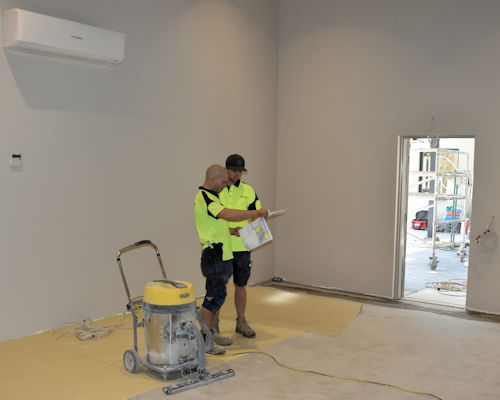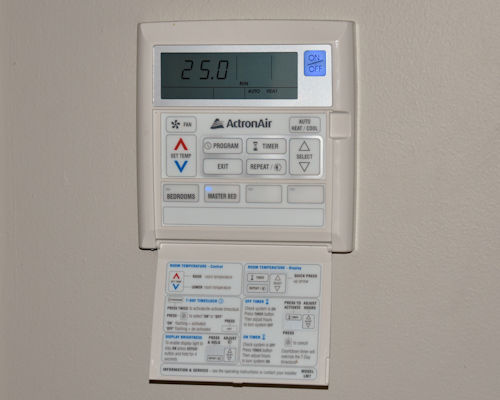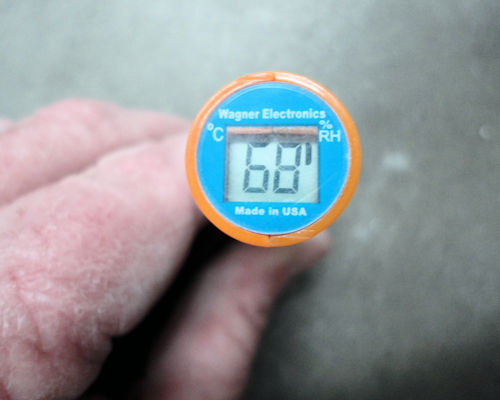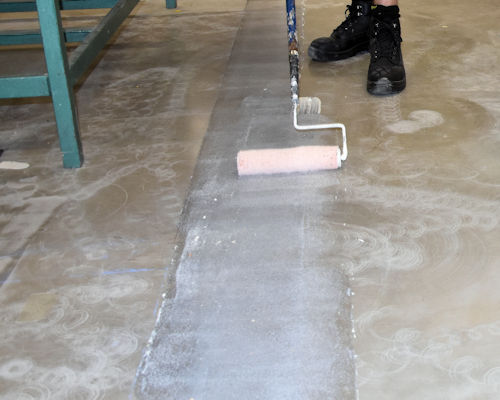Preparing the subfloor and room
 Audio for slide 1 (mp3 |6|KB)
Audio for slide 1 (mp3 |6|KB)
The carpet tile manufacturer will have an installation manual that sets out the preparation requirements for the subfloor surface and room conditions.
These requirements will vary depending on the products you're installing and their intended end-use.
Below is a summary of the typical requirements for common carpet tile installations.
However, you should always read the manufacturer's instructions before you use any product for the first time, just to be sure that you're doing the job properly. This will reduce the chance of anything going wrong during the installation. It will also help to protect you if a problem arises at some later time and the customer wants to lodge a warranty claim.
Remember, the manufacturer will be on your side if you have followed their instructions and complied with all necessary standards, but you won't have any comeback if you decide to take shortcuts or do the job your own way.

 Audio for slide 2 (mp3 |6|KB)
Audio for slide 2 (mp3 |6|KB)
Conditioning the room and materials
Most manufacturers specify an ambient temperature range of about 15 to 30 degrees, with a relative humidity of 40 to 60 percent. This should be maintained for at least two days before and after the installation period.
If there is a heating or air conditioning system, it should be turned on and allowed to run for the full duration, in order to keep the temperature and humidity levels reasonably constant.
The carpet tiles should be taken out of their boxes and allowed to acclimatise to the room temperature and humidity for 48 hours before you begin the installation.

 Audio for slide 3 (mp3 |6|KB)
Audio for slide 3 (mp3 |6|KB)
Preparing the subfloor surface
The subfloor surface must be clean, dry, flat and in a sound condition. In Section 1, we talked about these considerations in the lesson: Assessing the subfloor.
Concrete subfloors should be checked for moisture content and pH levels, to ensure they are within an acceptable range.
The recommended levels and condition of the subfloor will be set out in the carpet manufacturer's installation guidelines.

 Audio for slide 4 (mp3 |6|KB)
Audio for slide 4 (mp3 |6|KB)
Depending on the products you'll be installing, you may need to prime the subfloor with an approved primer. The primer manufacturer will specify the appropriate methods for applying the primer in their technical data sheet. The most common methods use either a spray gun or a long nap roller.
The entire installation area should be coated with primer, and then left to dry. Depending on the product, it could be as quick as 10 to 20 minutes.
If the subfloor surface is very porous, you might need to apply two coats. Again, this requirement will be described in the data sheet for the product you're using.


Learning activity
Audio 5 (mp3 |6|KB)Select a specific carpet tile product and get a copy of the manufacturer's installation guidelines. Ideally, you should choose one of the products you will be installing for your practical demonstration assessment activity in this unit.
Answer the following questions about the tile product, using the manufacturer's guide as your reference source:
- What is the minimum acclimatisation period in the room?
- What is the specified ambient air temperature range and relative humidity in the room?
- What is the specified temperature range and maximum relative humidity in the subfloor at installation time?
- What other recommendations does the manufacturer provide in relation to the site conditions or preparation of the carpet?





